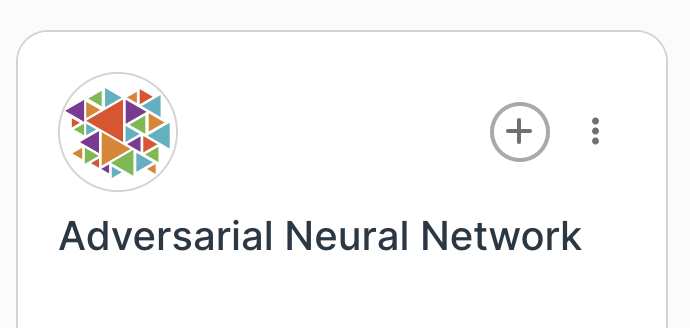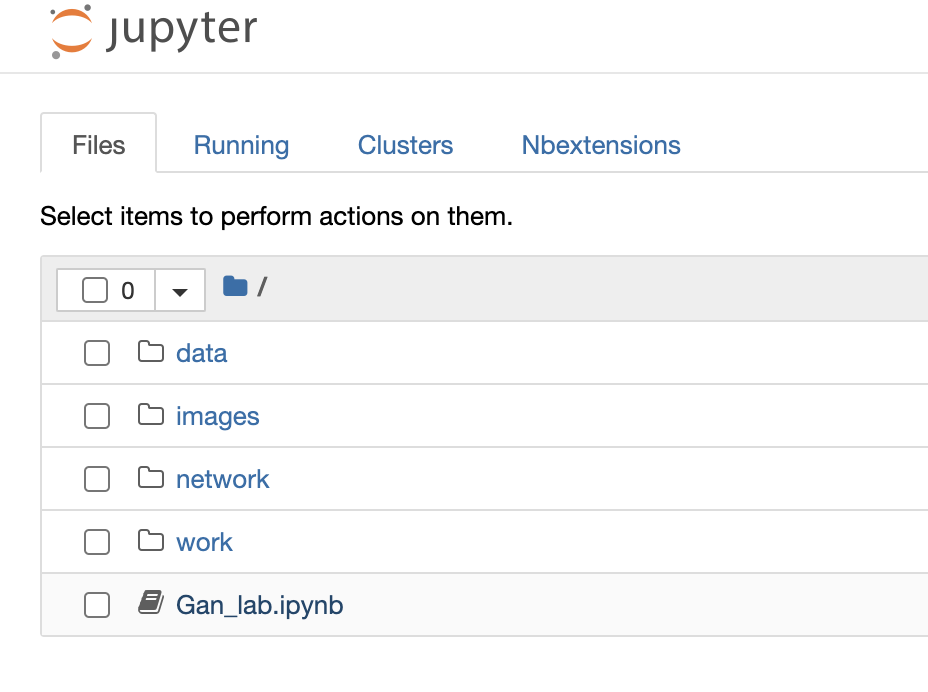Adversarial Attacks on Neural Networks
Overview
Teaching: 20 min
Exercises: 30 minQuestions
What are adversarial attacks on neural networks?
What are some methods for generating adversarial examples?
What are some methods for protecting against adversarial examples?
What situations are best suited for the binary thresholding protection method?
Objectives
Follow instructions to replicate an adversarial attack on a neural network trained on handwritten digits
Adversarial Attacks on Neural Networks
Generative Adversarial Attacks, a subset of adversarial attacks, have emerged as a significant threat in the realm of machine learning and artificial intelligence. These attacks exploit the vulnerabilities inherent in generative models, which are powerful tools used for generating realistic data such as images, text, or even audio.
Demonstration
In this demonstration on CHEESEHub, you will explore the effects of an adversarial attack on a neural network trained to recognize handwritten digits. We will use a simple gradient descent algorithm to craft attack that can fool the neural networks into misclassifying digits. We will evaluate the effectiveness of the attack by measuring the models accuracy on a test set.
By the end of this lab, you will have a better understanding of how adversarial attacks work and how to defend against them.
Getting Started
You will need to create an account on CHEESEHub to work through this exercise. Each container in this demonstration has a web interface and is accessible through your web browser, no other special software is needed.
We will start by first adding the Adversarial Neural Network application:

Next, click the View link to go to the application-specific page and start the application container:

Container Launch Errors
If a container fails to start, you will see a flashing warning icon next to the container’s name. Take a look at the logs to determine the cause of failure and try deleting the application and restarting.
Once the container has started, launch its web interface in a separate browser tab by clicking the open link next to the container’s name:

Click on Gan_lab.ipynb to open a Jupyter notebook containing instructions on working through this demonstration:

Step through the instructions for each of the three parts, filling in or editing the code where it is marked as TODO. To execute a code cell, you can either use the menu bar at the top or the key combination Shift+Enter:

What does the exercise tell us?
Here we implemented an adversarial attack on a neural network model which caused it to misclassify digits. We then demonstrated two strategies for how to defend against such attacks: binary thresholding and model training with augmented examples. The key assumptions and issues with these strategies were also described.
Key Points
We are using a trained neural network model trained to recognize handwritten digits from the popular MNIST database
As part of the attack, adversarial examples are being added which trick the network into returning a different label
The effectiveness of the binary thresholding method is demonstrated on grayscale images
The effectiveness of training the neural network with the adversarial examples added to the training set is also demonstrated